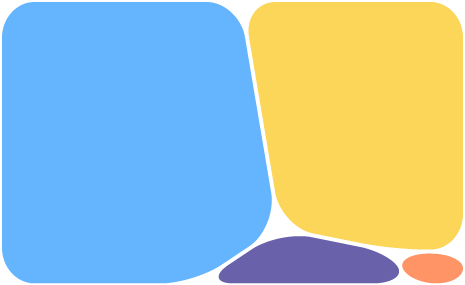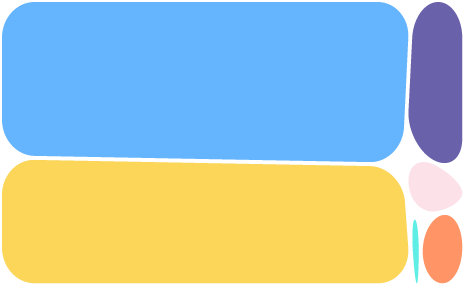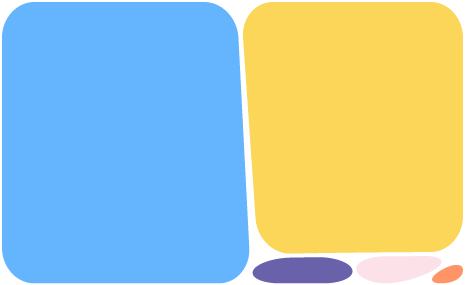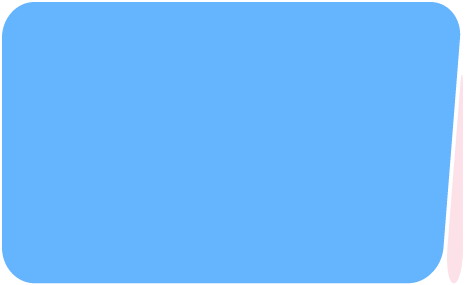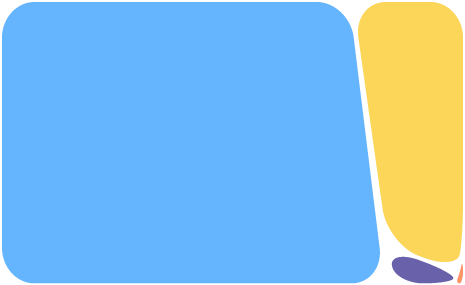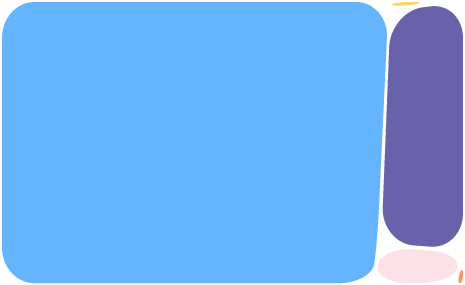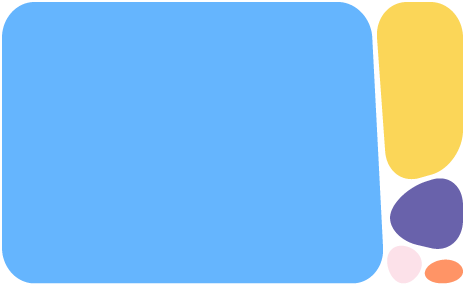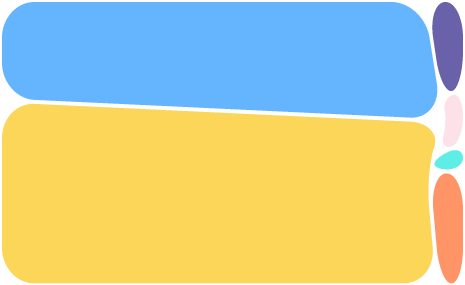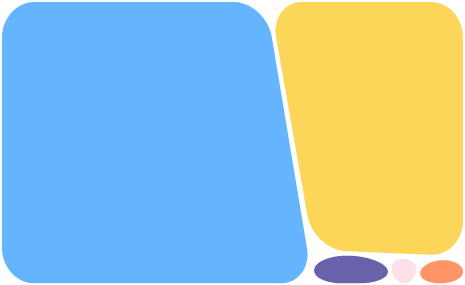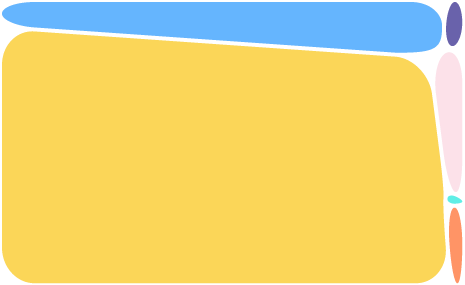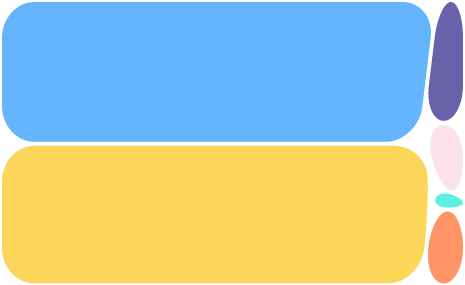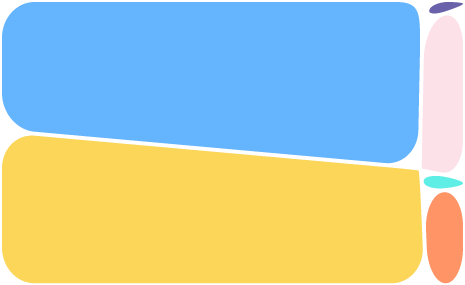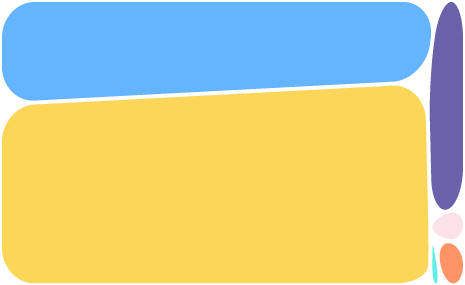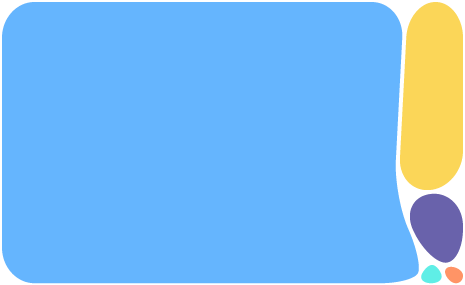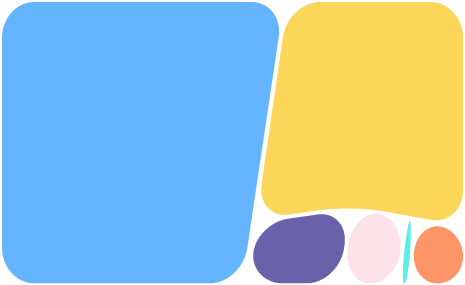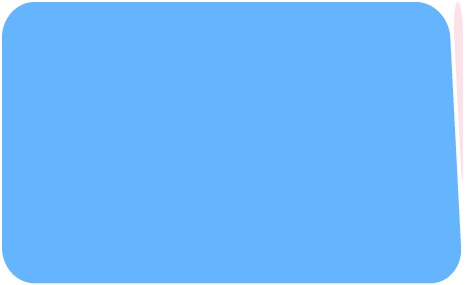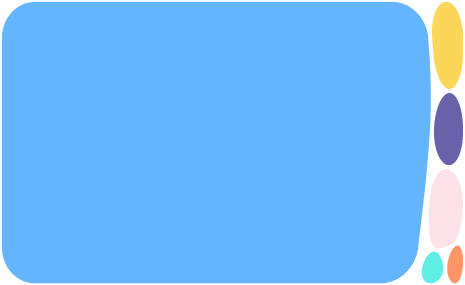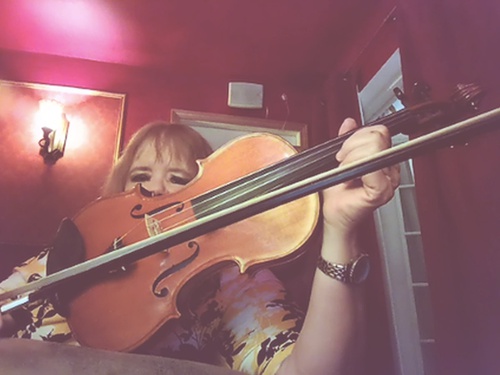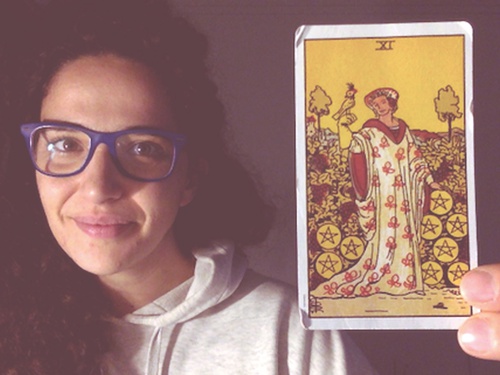J. and I share 1 segment of the genome. As soon as she saw me in the Zoom window, she told me that she also has curls like mine, but that she usually straightens her hair, however, she said “you have to be careful when it rains”. She told me that I was in fact very much like her family from her mother's side. She told me that she did the genetic test because her mother died when she was very young and was always curious to know the history of her maternal family. She discovered that her great, great, great grandmother lived in England and that her father sold her as a slave to go to work in the Bahamas, but the captain of the ship that took her fell in love with her. J. told me that it was in this love story that her blood also became Portuguese. The coincidence is that I discovered through my genetic test result that I also have Irish blood and that it is probably from my mother’s side. And, in the history of my maternal family there are also sailors - my maternal great-grandfather was a sailor, I did not know him, but to this day , whenever I go to my parents' hometown the people of the village look at me as if trying to recognise me. And It always feels as though it is enough for me to say that “I am a sailor” for them to recognise me.
J. and I shared this excitement of imagining the stories of our ancestors, imagining this young woman who fell in love with a sailor, imagining the number of stories that took place on those boats. How many stories of encounters and misunderstandings happened on the high seas?
J. told me that she doesn't like to reveal her age, that she is always lying about how old she is. I agreed with her, that age can be a factor of discrimination, we are often considered too young or too old for a certain job or a particular hobby, or a certain decision ... I think I will follow J.'s example and start lying about my age. J. has been a journalist all her life, she has written many stories about people, and we realised that this is one more factor that brings us closer together as I am a storyteller through theatre.
During this pandemic, J. dedicated herself to learning to play the violin. I shared with her that I don't play any instruments although I would love to. I was thinking about everything that genetically we can have the potential capacity for but that in our particular life history that opportunity never came. How much of our life history arises from our genetic propensity and how much arises from the life opportunities we have had and created?
J. told me a lot about her hometown where she lives today, St. Louis. I was imagining what if the bridge that joins Caneças, my hometown, would join up with St. Louis. These two places in the world are now a part of the the same story, but until we actually reach these two geographical points, how many stops, how many other villages, cities, countries? How many encounters? How many people would we come across between St.Louis to Caneças?

